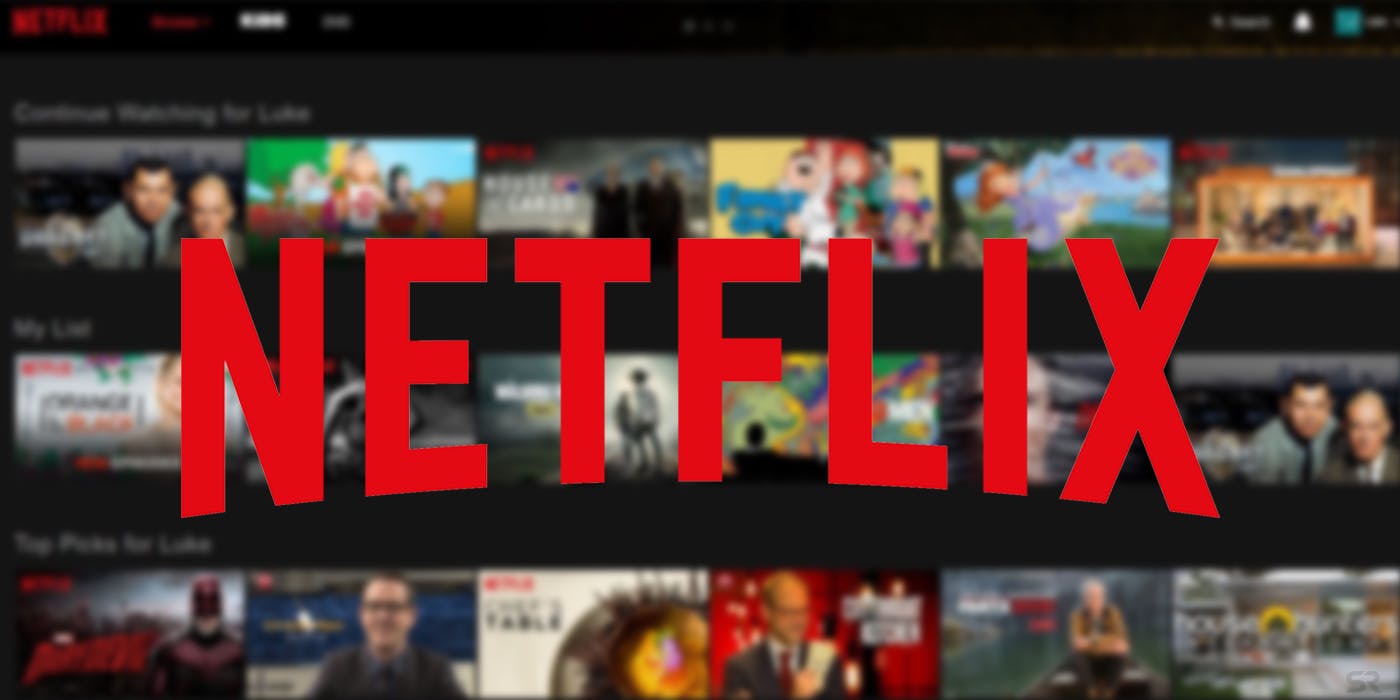In the realm of entertainment, the rise of Netflix stands as a defining chapter, reshaping how audiences consume and engage with content. From its humble beginnings as a DVD rental-by-mail service in 1997 to its current status as a global streaming powerhouse, Netflix has not only revolutionized the way we watch television but has also left an indelible mark on the entire entertainment industry.
At its core, Netflix disrupted the traditional television model by introducing a streaming service that allowed subscribers to watch an extensive library of TV shows, movies, documentaries, and original content at their convenience. This shift from scheduled programming to on-demand streaming was a game-changer, liberating viewers from the constraints of linear television and ushering in an era of binge-watching.
The advent of Netflix Originals marked a pivotal moment in the streaming landscape. With groundbreaking series like “House of Cards” and “Orange Is the New Black,” Netflix proved that it could produce high-quality, critically acclaimed content in-house. This strategy not only garnered a dedicated subscriber base but also challenged the dominance of traditional networks and studios.
The platform’s algorithm-driven recommendation system further personalized the viewing experience, ensuring that users were consistently presented with content tailored to their preferences. This innovative approach to content discovery contributed to the immersive and addictive nature of the Netflix experience, keeping viewers engaged and invested in the platform.
Global expansion played a crucial role in Netflix’s ascent to international prominence. The platform’s availability in over 190 countries ensured a diverse audience, transcending cultural boundaries. Original content from different parts of the world, such as the Spanish series “Money Heist” and the Indian film “Sacred Games,” not only enriched the platform’s library but also showcased Netflix’s commitment to catering to a global audience.
The impact of Netflix on the entertainment industry extended beyond content creation and distribution. The term “Netflix and chill” became a cultural phenomenon, reflecting the platform’s association with relaxed, at-home viewing. Competing streaming services, recognizing the changing tide, launched their own platforms, intensifying the streaming wars and reshaping the entire media landscape.
However, with great success came inevitable challenges. As Netflix grew, so did the expectations of subscribers, and the platform faced the delicate task of maintaining a delicate balance between quantity and quality. The competition intensified with the emergence of other streaming giants, each vying for a share of the viewer’s attention.
The year 2020 marked a turning point for Netflix as the COVID-19 pandemic forced people around the world to stay at home. The platform experienced a surge in subscribers, further solidifying its position as the go-to streaming service. Original releases like “Tiger King” and “The Queen’s Gambit” became cultural phenomena, dominating conversations and solidifying Netflix’s cultural relevance.
As we navigate the evolving landscape of entertainment, the rise of Netflix serves as a testament to the transformative power of innovation and adaptation. From its disruptive beginnings to its current status as a global entertainment behemoth, Netflix has redefined how we consume, produce, and think about television. The streaming giant’s journey is not just a success story but a reflection of the seismic shifts in the entertainment industry and the evolving preferences of a digital audience.

